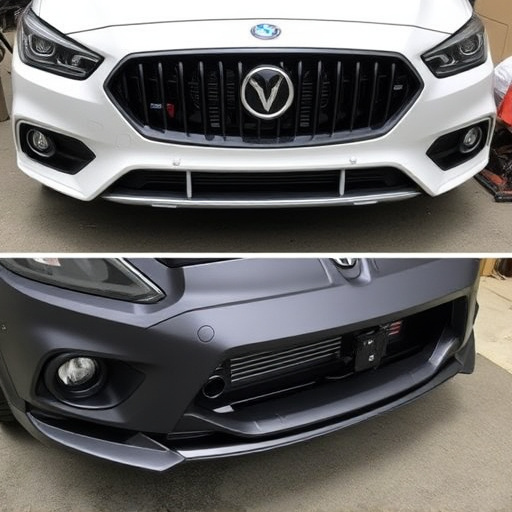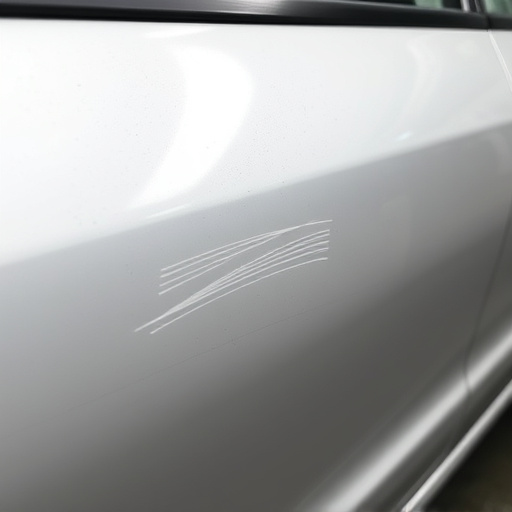The Direct Repair Program (DRP) is a collaborative initiative between insurance, auto body shops, and manufacturers to streamline vehicle repair. Eligibility requires meeting standards for expertise, training, certifications, and service range. Acceptance demands strict adherence to quality guidelines, including best practices, staff training, and technology for accurate, consistent repairs, fostering customer confidence and partnerships.
“Interested in joining a Direct Repair Program (DRP)? This article guides you through the essential requirements for program acceptance. First, grasp the DRP basics—its purpose and benefits. Next, ensure your business meets eligibility criteria, including licensing, location, and capacity. Demonstrating compliance with industry-standard quality procedures is paramount. By fulfilling these conditions, your workshop can efficiently participate in the DRP, fostering customer trust and boosting your reputation.”
- Understand Direct Repair Program Basics
- Meet Eligibility Criteria for Participation
- Demonstrate Compliance with Quality Standards
Understand Direct Repair Program Basics

The Direct Repair Program (DRP) is a crucial initiative designed to streamline and optimize vehicle repair processes. It involves a strategic partnership between insurance providers, auto body shops, and vehicle manufacturers, ensuring efficient and cost-effective repairs for customers. By enrolling in a DRP, auto body services providers gain access to a network of preferred vendors, simplified claim processing, and potentially higher profitability due to reduced administrative burdens.
This program offers a structured framework for automotive repair, where fleet repair services and individual vehicle owners alike can benefit from pre-negotiated rates and standardized procedures. It fosters transparency and communication between all parties involved, leading to faster turnaround times and superior customer satisfaction. Understanding the DRP’s fundamentals is essential for any business aiming to excel in the competitive automotive repair industry, especially with the ever-evolving expectations of modern consumers.
Meet Eligibility Criteria for Participation

To be considered for program acceptance within a direct repair program, individuals or businesses offering vehicle repair services must first meet specific eligibility criteria. This includes demonstrating expertise and adherence to industry standards in auto maintenance and vehicle repair. Participation often requires proven track records, up-to-date training, and certification in relevant areas, such as scratch repair, ensuring high-quality outcomes.
Eligible candidates should be equipped to handle a range of services, from routine auto maintenance to complex vehicle repairs. By meeting these standards, repair shops or technicians can contribute effectively to the direct repair program’s goals, fostering trust and reliability among consumers seeking top-notch vehicle repair services.
Demonstrate Compliance with Quality Standards

For acceptance into a Direct Repair Program (DRP), automotive service centers must demonstrate their unwavering commitment to quality standards across all facets of their operations. This involves adhering to stringent guidelines set by insurance companies and manufacturers, ensuring every repair meets or exceeds industry best practices. By consistently delivering high-quality tire services, car paint repairs, and collision damage repairs, workshops can establish themselves as trusted partners in the DRP network.
Compliance is not merely about ticking boxes; it entails a comprehensive approach to process optimization, staff training, and equipment calibration. Service centers should implement rigorous quality control measures, utilizing advanced technology and expert technicians to maintain precision and consistency. This dedication to excellence fosters customer confidence and encourages long-term partnerships with both insurance providers and vehicle owners.
To successfully gain acceptance into a Direct Repair Program, understanding the foundational principles, meeting strict eligibility requirements, and ensuring compliance with established quality standards are non-negotiable. By adhering to these key guidelines, professionals can position themselves as trusted participants in the program, ultimately fostering seamless integration within this robust framework.














